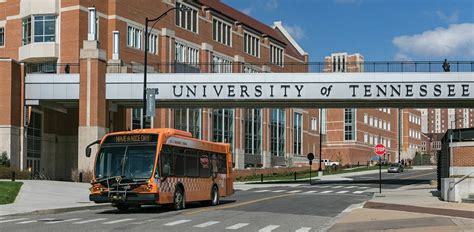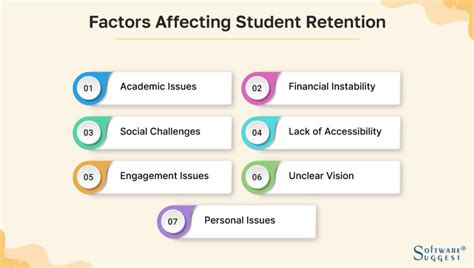Retention rate is a metric that measures the percentage of students who return to a college or university for the next academic year. It is a key indicator of student satisfaction, institutional quality, and overall effectiveness.

Importance of Retention Rate
A high retention rate is crucial for several reasons:
- Improved student outcomes: Students who stay in college are more likely to graduate and earn higher degrees.
- Increased revenue: Retaining students provides a stable source of tuition income and reduces the need for recruitment and admissions expenses.
- Enhanced reputation: A high retention rate signals to prospective students and stakeholders that the institution values student success.
- Improved faculty and staff morale: Seeing students succeed and persist in their studies boosts the morale of faculty and staff.
- Reduced costs: Retaining students is more cost-effective than recruiting and enrolling new students.
Many factors can influence a student’s decision to persist in college, including:
- Academic success: Students who perform well academically are more likely to stay in school.
- Financial aid: Students who receive financial assistance are more likely to be able to afford college and stay enrolled.
- Student support services: Students who have access to counseling, tutoring, and other support services are more likely to feel connected and supported.
- Campus climate: Students who feel safe, welcome, and respected on campus are more likely to persist.
- Faculty engagement: Students who have positive relationships with faculty mentors are more likely to be engaged in their studies and stay in school.
Institutions can implement various strategies to improve retention rates, such as:
- Early intervention programs: Identifying and supporting struggling students early on can help prevent dropouts.
- Personalized academic advising: Providing students with personalized guidance and support can help them navigate academic challenges.
- Mentoring programs: Connecting students with faculty or peer mentors can provide support and encouragement.
- Student support services: Offering a range of services, such as counseling, tutoring, and childcare, can address students’ non-academic needs.
- Financial aid: Providing financial assistance to students who need it can help reduce financial barriers to persistence.
- Campus climate initiatives: Creating a welcoming and inclusive campus environment can promote student satisfaction.
- Retention-focused data analysis: Using data to identify students at risk of dropping out and developing targeted interventions.
There are different types of retention rates, including:
- First-year retention rate: The percentage of first-year students who return for the second year.
- Second-year retention rate: The percentage of second-year students who return for the third year.
- Four-year graduation rate: The percentage of students who graduate within four years of enrollment.
- Six-year graduation rate: The percentage of students who graduate within six years of enrollment.
In the United States, the average six-year graduation rate for first-time, full-time students at public four-year colleges and universities is 62%. The average graduation rate for first-time, full-time students at private four-year colleges and universities is 70%.
**Table 1: Retention Rates at Public and Private Four-Year Colleges and Universities**
| Institution Type | Six-Year Graduation Rate |
|—|—|
| Public Four-Year Colleges and Universities | 62% |
| Private Four-Year Colleges and Universities | 70% |
Retention rates vary depending on student characteristics, such as:
- Race/ethnicity: Students from underrepresented racial/ethnic groups tend to have lower retention rates.
- Socioeconomic status: Students from lower-income families tend to have lower retention rates.
- First-generation status: Students who are the first in their family to attend college tend to have lower retention rates.
**Table 2: Retention Rates by Student Characteristics**
| Characteristic | Six-Year Graduation Rate |
|—|—|
| Race/Ethnicity (White) | 72% |
| Race/Ethnicity (Black) | 55% |
| Race/Ethnicity (Hispanic) | 59% |
| Socioeconomic Status (High) | 75% |
| Socioeconomic Status (Low) | 45% |
| First-Generation Status (No) | 70% |
| First-Generation Status (Yes) | 53% |
Student attrition can result in significant costs for institutions and society. These costs include:
- Lost tuition and fee revenue: Students who drop out forfeit their tuition and fees.
- Increased recruitment and admissions expenses: Institutions must recruit and admit new students to replace those who drop out.
- Lowered graduation rates: Student attrition contributes to lower graduation rates, which have negative consequences for individuals and the economy.
Retention rate is a key indicator of the quality and effectiveness of a college or university. By understanding the factors affecting retention and implementing effective strategies, institutions can improve student outcomes, increase revenue, enhance their reputation, and reduce costs.
